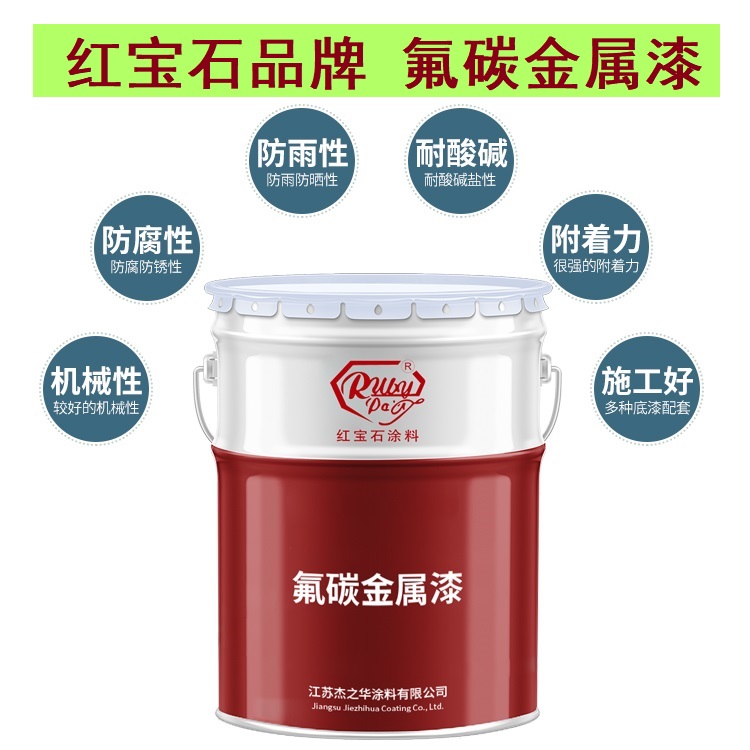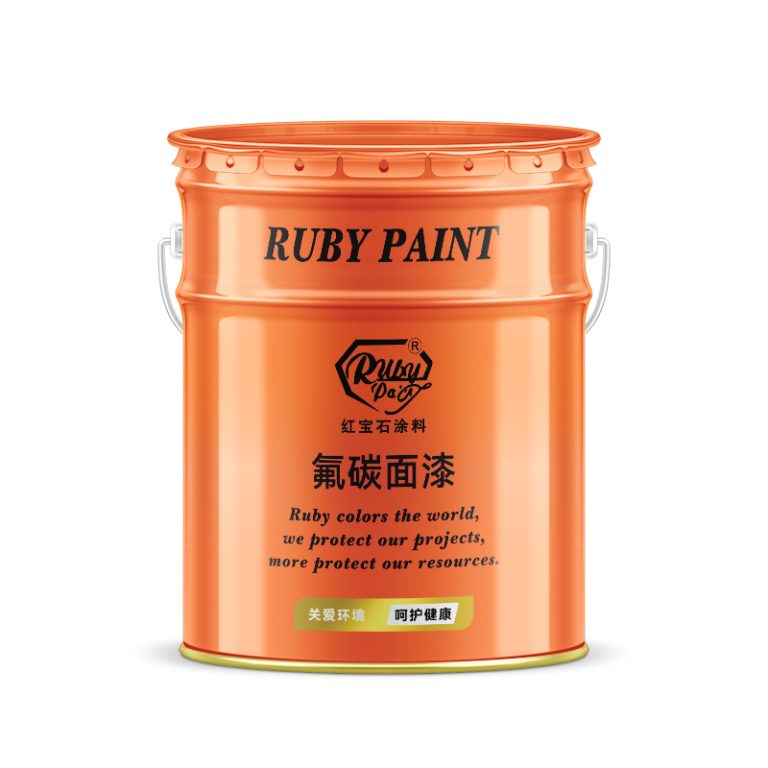Table of Contents
Understanding the Dielectric Constant of Polyurethane Paint and Its Applications
Polyurethane paint is a versatile and durable coating material widely used in various industries, including automotive, aerospace, and construction. One of its lesser-known properties is its dielectric constant, which is a measure of a material’s ability to store electrical energy in an electric field. Understanding the dielectric constant of polyurethane paint is crucial for its effective application in scenarios where electrical insulation is required.
The dielectric constant, also known as relative permittivity, is a dimensionless number that compares the ability of a material to store electrical charge relative to vacuum. Materials with a high dielectric constant can store more charge, making them suitable for use as insulators in electrical and electronic applications. Polyurethane paint typically has a dielectric constant ranging from 3 to 7, depending on its formulation and the specific additives used. This range makes it an effective insulator, providing protection against electrical currents and helping to prevent short circuits and other electrical hazards.
| Serial No. | Product |
| 1 | Epoxy Zinc rich paint |
The formulation of polyurethane paint plays a significant role in determining its dielectric properties. The base resin, type of curing agent, and the presence of fillers and additives can all influence the dielectric constant. For instance, the addition of certain ceramic or metallic fillers can increase the dielectric constant, enhancing the material’s ability to store electrical charge. Conversely, the inclusion of air bubbles or other voids within the paint can decrease the dielectric constant, as air has a lower relative permittivity compared to solid materials.

In practical applications, the dielectric properties of polyurethane paint are exploited in various ways. In the automotive industry, polyurethane coatings are used to insulate electrical components and wiring, protecting them from moisture, chemicals, and mechanical damage while ensuring reliable electrical performance. In aerospace applications, polyurethane paint is applied to aircraft components to provide both corrosion resistance and electrical insulation, contributing to the overall safety and functionality of the aircraft.
Moreover, the construction industry benefits from the dielectric properties of polyurethane paint in the protection of structural steel elements. By preventing electrical currents from passing through the steel, polyurethane coatings help to mitigate the risk of electrocution and enhance the longevity of the structures by reducing the likelihood of corrosion induced by stray electrical currents.
The dielectric constant of polyurethane paint also has implications for its performance in harsh environments. For example, in high-humidity conditions, the presence of water can affect the dielectric properties of the coating. Water has a relatively high dielectric constant, and its absorption by the paint can lead to an increase in the overall dielectric constant of the coated surface. This change can potentially compromise the insulating properties of the paint, necessitating careful consideration of environmental factors during the selection and application of polyurethane coatings.
In conclusion, the dielectric constant of polyurethane paint is a critical factor that influences its suitability for various applications, particularly in industries where electrical insulation is paramount. By understanding and manipulating the dielectric properties of polyurethane paint through careful formulation and the use of appropriate additives, manufacturers can tailor coatings to meet specific requirements, ensuring optimal performance and safety in a wide range of applications.
Factors Influencing the Dielectric Constant in Polyurethane Paint Formulations
Polyurethane paint is widely used in various industries due to its excellent mechanical properties, chemical resistance, and aesthetic appeal. One of the critical characteristics of polyurethane paint is its dielectric constant, which is a measure of the material’s ability to store electrical energy in an electric field. The dielectric constant of polyurethane paint is influenced by several factors, including the formulation of the paint, the type and amount of additives used, and the environmental conditions during application and curing.
The formulation of polyurethane paint plays a significant role in determining its dielectric constant. Polyurethane paints are typically composed of a polyol and an isocyanate, which react to form a polymer matrix. The molecular structure and cross-linking density of the polymer matrix can affect the dielectric properties of the paint. For example, a highly cross-linked polymer matrix may have a lower dielectric constant due to reduced mobility of the polymer chains, which limits the alignment of dipoles in the presence of an electric field.
| No. | Product Name |
| 1 | Industrial paint |
Additives are another critical factor influencing the dielectric constant of polyurethane paint. Various additives, such as fillers, pigments, and plasticizers, are commonly used in polyurethane paint formulations to enhance specific properties. Fillers, such as silica or calcium carbonate, can increase the dielectric constant by introducing polar groups that enhance the material’s ability to polarize in response to an electric field. Conversely, non-polar additives, such as plasticizers, can decrease the dielectric constant by increasing the flexibility of the polymer chains and reducing the overall polarity of the material.
The type and concentration of solvents used in polyurethane paint formulations can also impact the dielectric constant. Solvents play a crucial role in adjusting the viscosity and flow properties of the paint, but they can also affect the dielectric properties. Polar solvents, such as alcohols or ketones, can increase the dielectric constant by enhancing the polarity of the paint formulation. On the other hand, non-polar solvents, such as aliphatic hydrocarbons, may decrease the dielectric constant by diluting the polar components of the paint.
Environmental conditions during the application and curing of polyurethane paint can also influence its dielectric constant. Temperature and humidity levels can affect the rate of polymerization and the final properties of the cured paint. High temperatures can accelerate the polymerization process, leading to a more densely cross-linked polymer matrix with potentially lower dielectric constant. Conversely, high humidity levels can introduce moisture into the paint formulation, which can increase the dielectric constant due to the polar nature of water molecules.
In conclusion, the dielectric constant of polyurethane paint is a complex property influenced by various factors, including the formulation of the paint, the type and amount of additives used, and the environmental conditions during application and curing. Understanding these factors is essential for optimizing the dielectric properties of polyurethane paint for specific applications. By carefully selecting the formulation components and controlling the application and curing conditions, manufacturers can tailor the dielectric properties of polyurethane paint to meet the requirements of different industrial applications.




